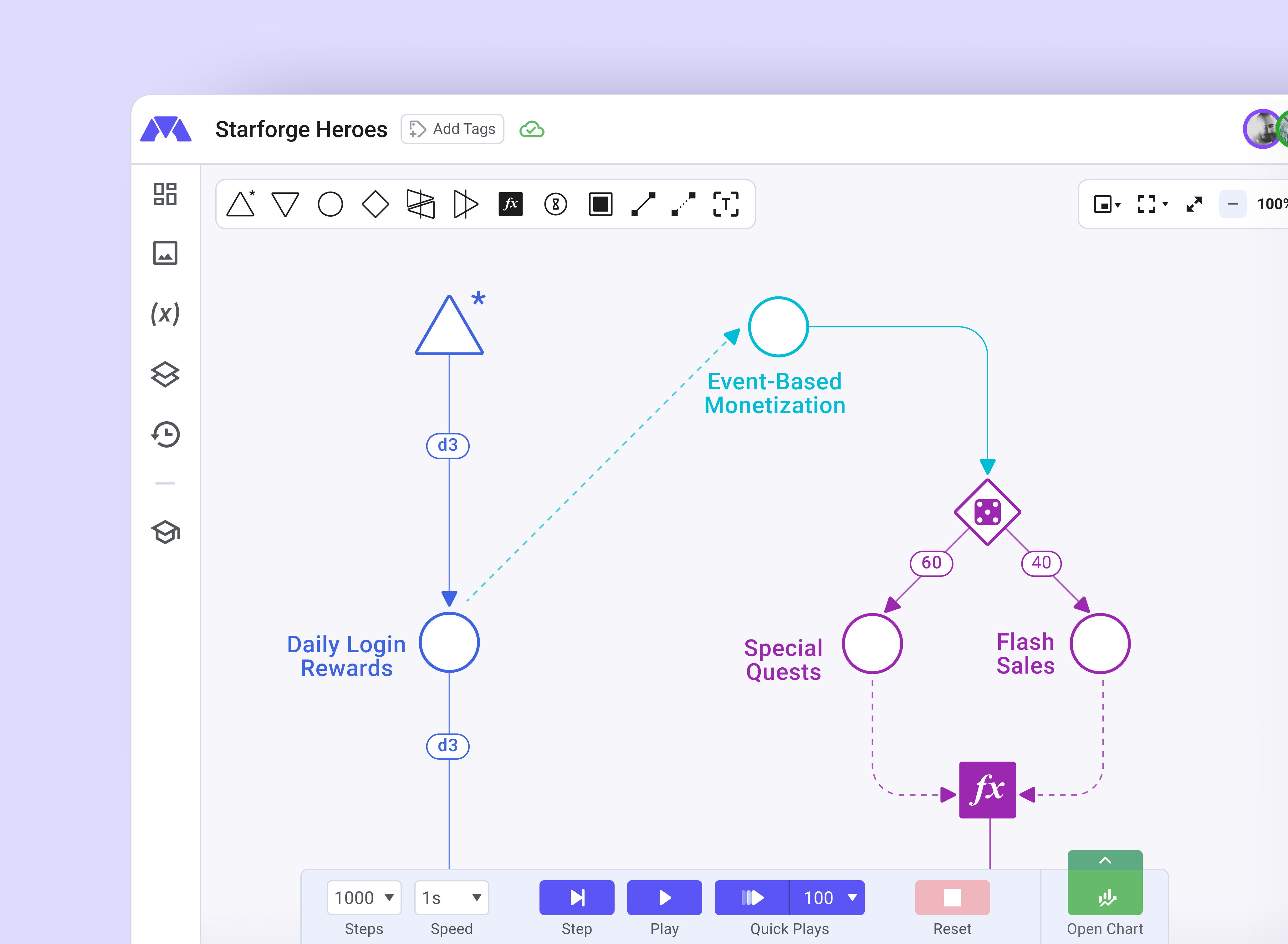Brett Rickaby's Insightful Corner
Exploring the world through news, tips, and intriguing stories.
Game On: How Player Engagement Mechanics Turn Casual Gamers into Die-Hard Fans
Discover how innovative player engagement mechanics transform casual gamers into loyal fans. Level up your gaming passion today!
Unlocking the Secrets: How Player Engagement Mechanics Create Lifelong Gamers
In the ever-evolving landscape of gaming, player engagement mechanics stand as pivotal elements that cultivate enduring relationships between players and their favorite games. These mechanics not only enhance the overall gaming experience but also foster a sense of community among players. Techniques such as reward systems, where players earn in-game currency or unique items for completing challenges, serve to motivate continued play. Furthermore, the implementation of story-driven quests provides players with immersive narratives that keep them invested over time. As a result, players are more likely to return to their beloved games, cementing long-term loyalty.
Another critical aspect of creating lifelong gamers lies in the implementation of social interaction mechanics. Features such as multiplayer modes, leaderboards, and in-game chat allow players to engage with friends and other community members, thereby deepening their connection to the game. This aspect of engagement is especially vital in today’s gaming culture, where collaborations and friendly competitions amplify the fun. Additionally, regular updates and expansion packs keep the content fresh, ensuring that players remain excited and engaged over years, if not decades. Overall, by harnessing the power of player engagement mechanics, game developers can unlock the secrets to cultivating a dedicated and passionate fanbase.

Counter-Strike is a popular tactical first-person shooter that has captivated gamers worldwide. Players engage in intense battles, utilizing strategy and teamwork to achieve victory. For those looking to enhance their gaming experience, be sure to check out the duelbits promo code for great bonuses!
From Casual to Committed: The Psychology Behind Player Retention Strategies
The journey from casual to committed players is a fascinating aspect of game design and marketing strategies. Understanding the psychology behind player retention is essential for developers and marketers aiming to foster a long-term relationship with their audience. Casual players often start with a fleeting interest, but introducing elements like personalized rewards, engaging storylines, and community interaction can significantly enhance their experience. By leveraging concepts such as variable rewards - unpredictable yet compelling incentives - developers can effectively hook players and promote deeper involvement.
Additionally, implementing effective player retention strategies requires an understanding of the emotional triggers that maintain player engagement. Factors such as sense of achievement, belongingness, and mastery play crucial roles in turning casual gamers into dedicated fans. For instance, using progress milestones, social features like leaderboards, and incentives for returning to the game can create a profound sense of loyalty. As a result, it is essential to cultivate a player-centric approach that continuously adapts to the evolving preferences and habits of the audience, thereby ensuring sustained engagement and satisfaction.
Level Up Your Game Design: Best Practices for Engaging Casual Players
In the ever-evolving world of game design, engaging casual players is crucial for a game's success. One of the best practices is to prioritize intuitive controls and clear user interfaces. Casual players often seek quick enjoyment without a steep learning curve, so implementing a tutorial system can be beneficial. This system should guide players through the game mechanics while allowing them to progress at their own pace. Additionally, incorporating bite-sized gameplay sessions can help maintain interest, as players can easily pick up and play during their limited free time.
Another essential practice is to encourage social interaction within the game. Features like multiplayer modes, leaderboards, and challenges not only foster a sense of community but also enhance engagement. Casual players are more likely to stick around when they can share their achievements or compete with friends. Consider implementing seasonal events or limited-time challenges to keep the content fresh and players motivated. By focusing on these strategies, you can truly level up your game design and create an experience that resonates with casual gamers.